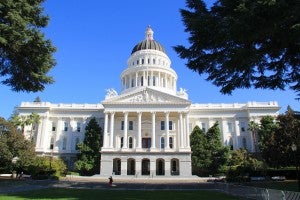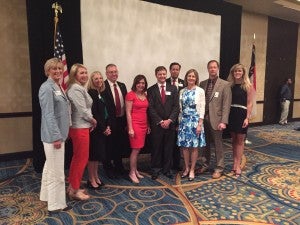 As the days are getting longer and the weather is warming up, kids across the country are counting down the days until summer vacation. California state lawmakers, on the other hand, are rolling up their sleeves and building upon California’s strong foundation of clean energy leadership and momentum. With the electricity sector responsible for about 20 percent of California’s total greenhouse gas emissions – the main culprit of climate change – the state still has work to do.
As the days are getting longer and the weather is warming up, kids across the country are counting down the days until summer vacation. California state lawmakers, on the other hand, are rolling up their sleeves and building upon California’s strong foundation of clean energy leadership and momentum. With the electricity sector responsible for about 20 percent of California’s total greenhouse gas emissions – the main culprit of climate change – the state still has work to do.
Last year, the California Legislature passed ambitious clean energy legislation. At the head of the pack, SB 350 (De León) raised the state’s renewable energy target to 50 percent by 2030 and required a doubling of savings gained from energy efficiency in the residential, commercial, and industrial sectors.
This year, the legislature is considering bills that could help California continue on the path to a clean energy future. It is up to our lawmakers to ensure these efforts make it past the finish line and onto the governor’s desk. Read More











 Superheroes are all the rage these days. Whether at the theater or on our TV screens, we are surrounded by stories of powerful men and women working to make the world a better place.
Superheroes are all the rage these days. Whether at the theater or on our TV screens, we are surrounded by stories of powerful men and women working to make the world a better place. At least in theory, government officials are supposed to monitor electric utilities and ensure they do not abuse their monopoly power. For more than a century, these independent regulators have protected customers from unfair, above-market prices and provided a check on giant corporations.
At least in theory, government officials are supposed to monitor electric utilities and ensure they do not abuse their monopoly power. For more than a century, these independent regulators have protected customers from unfair, above-market prices and provided a check on giant corporations. Public voting is open for
Public voting is open for  Three of the top five fastest growing cities in the country
Three of the top five fastest growing cities in the country